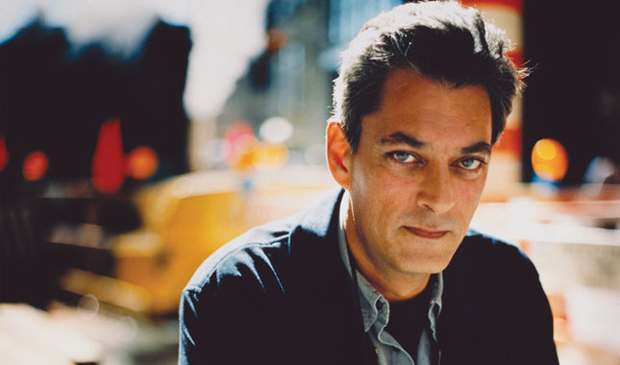

After all, we are pursuing our precocious hero across four intertwining narratives, exploring the rabbit holes of four concurrent life spans. To put it bluntly we see a lot of Archie. We see him at Princeton, we see him at Columbia, we see him at Brooklyn College, we see him in Paris, we see him disfigured, we see him beaten by cops, we see him battling racist bigots, we see him fall upon hard times, we see him thrust skywards (once literally), we see romances flourish between same-sex couples, opposite-sex couples, we see bodies sold for money, we see big, unstable loves and lusts grow and collapse. Young Paul - sorry, Young Archie - is a handsome, athletically gifted young man, until he gives that up and decides to become academically gifted instead. Paul Auster by David Shankbone, CC BY 2.0 Then, in 1947, Archibald Ferguson is born an event so shattering that it splits the narrative into four. A young Belorussian Jew heads west in search of a better life, a language mix-up results in the formation of a wholly new name and identity, and a family tree pulls up its roots, exchanging an Old World existence for a New World one. It’s left up to the reader to work out which bits carry a hint of autobiography and which are purely fictional, but even the most scant bit of research shows us that Paul’s life is reflected on more than a few of the book’s 866 pages.Ĥ 3 2 1 begins, as many grand American tales do, with a story of immigrant transience. And, of course, in there somewhere, fluttering between realities like an extra-dimensional moth, is Paul himself.

Some flourish, some flounder, others are pruned cruelly in their prime. What begins with a single stem quickly diverges into four distinct tendrils, which curve over and over one another on their way to separate conclusions.

“Was” or “wasn’t”, “is” or “isn’t” – it doesn’t matter really, because 4 3 2 1 is not one novel, but four.

Or maybe it was maybe this is the book Paul Auster always wanted to write. Paul Auster – a writer known for brevity and concision, at least most of the time – re-emerges with his first novel in seven years and presents us with this a doorstop wedge of a tome which intimidates with its physicality before the reader has even opened the cover. 4 3 2 1 by Paul Auster / Henry Holt and Co.


 0 kommentar(er)
0 kommentar(er)
